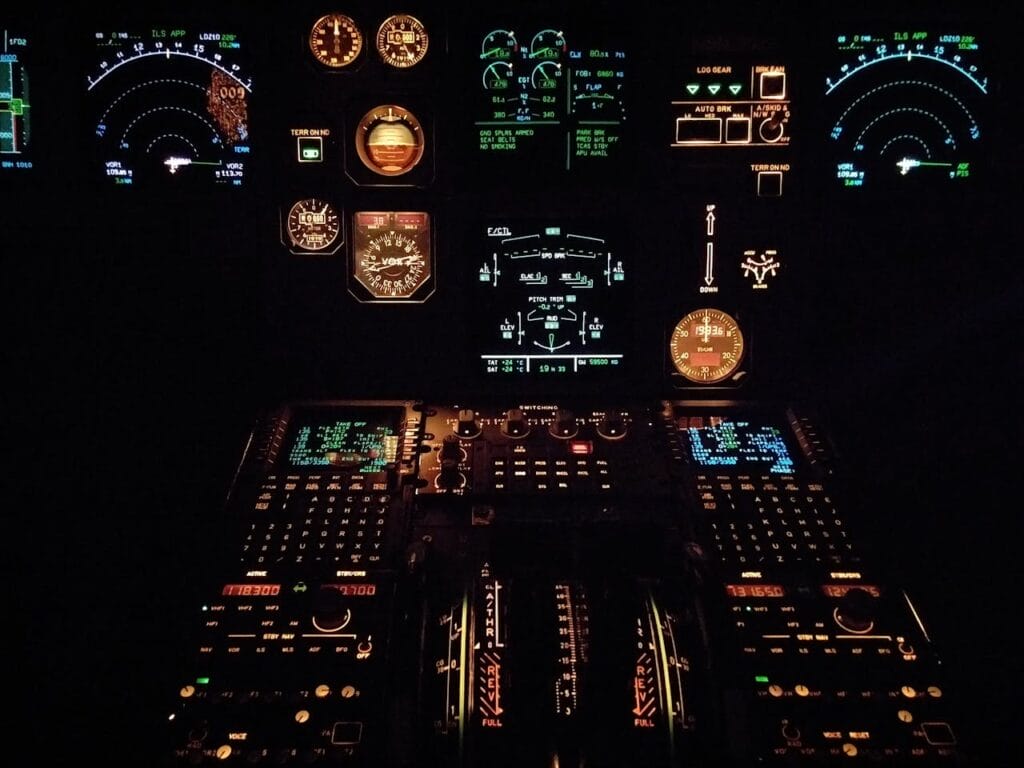
A clear guide to aircraft parts and maintenance tools can help keep every plane in top condition by matching each task with the right device. A simple selection of spares and instruments can support smooth inspections, repairs, and tests without guesswork or delays. A friendly focus on quality parts and reliable tools can protect engines, flight controls, and cabin systems from extra wear. A well‑planned toolkit can bring order to busy hangars and help maintenance teams work with confidence and speed.
Quality Replacement Components
Replacement parts made of authentic materials are also an option to keep each part fitting and acting as it is supposed, not forming leaks, wearing out, or breaking in a very unpleasant way. High standards of bearing, filter, and seals enable the engine and hydraulic systems to have tight tolerances without endangering misalignment or inefficient operation. The absence of missing service records and part numbers can help teams replace parts prior to wear out and minimize the possibility of downtime. Having a stock of brackets, fasteners, and gaskets in the close vicinity can save time on routine inspections, as well as heavier ones. A focus on authentic components can protect critical systems and extend the life of every aircraft.
Essential Inspection Instruments
A compact borescope device can basically simply reach deep into turbine housings and ductwork to reveal cracks, corrosion, or debris without dismantling large assemblies, saving hours of disassembly. A fuel tester that draws small samples from fuel tanks simply and quickly removes water or sediment before refilling lines, protecting engine health. A sturdy inspection mirror on an extendable handle can angle into hidden areas around landing gear struts so that every hinge and bearing receives a clear check. A well‑rounded inspection kit helps catch small issues early and keeps aircraft flying safely.
Efficient Lifting and Support Tools
A steady hydraulic jack and accurate saddle adapters are capable of lifting landing gear without rocking and elevated pressure to do tire rotations, brake inspection, and strut servicing. An adjustable height lift stand will assist in putting the technicians at the doors, wings, and engine inlets without having to overreach or get assistance from the not-so-stable ladders. A slip‑resistant surface of the supporting platform and fold‑away guard rails offer a stable footing when changing panels or when replacing access covers. A pair of leveling blocks and a set of chocks will anchor the aircraft when raised, so that it can not move in heavy work.
Organized Storage and Workstations
A mobile tool cabinet with labeled drawers can keep wrenches, torque tools, and gauges in fixed spots so that each device returns home after use. An extra workspace to hold small parts, gaskets, or fasteners can be made by use of a fold-out side shelf on the cart during engine panel removals. Adhesives, sealants, and tapes should have a drawer that is sealed to be able to keep them safe against dust and humidity, which decreases their shelf life. A power strip installed on the workstation can make it possible to restore the charge on the drills, lights, and testers without running cords along the floor of the hangar.
Portable Power and Air Units
A ground power supply smaller than a briefcase that interconnects to external sockets delivers pure, controlled electricity to avionics and lighting grids without drawing power from onboard batteries when lengthy checks are needed. A combined air compress store can pressurize tires and air-powered devices and maintain the pressure levels with braking and actuators. A foldable cable reel and hose reel combination helps avoid tangles and trip hazards on ramps and hangar floors. An onboard fuel container paired with a quick‑connect pump can supply units for hours without returning to a central fuel point. A versatile power and air package helps complete multiple tasks in one spot and keeps teams moving steadily.
Digital Diagnostic and Calibration Devices
A handheld diagnostic tablet can link to onboard computer modules to download error logs, sensor readings, and system health data in a clear, guided interface without paper manuals. A calibration kit with electronic testers for pressure, temperature, and voltage can verify that instruments match reference values before flight, ensuring accurate readings for pilots and crew. A software update feature on diagnostic tools can load the latest firmware into avionics boxes and engine controls, improving reliability and performance without opening panels. A cloud‑linked platform can store service histories and calibration certificates for quick retrieval during audits or inspections. A modern diagnostic setup helps pinpoint faults fast and keeps systems aligned with manufacturer standards.
Conclusion
A complete maintenance toolkit built around quality parts and reliable instruments can streamline every service step and protect aircraft from unexpected issues. A clear approach to spare components, inspection devices, lifting tools, and digital testers helps technicians work confidently and efficiently. A well‑organized hangar with mobile storage and versatile power units can reduce downtime and support safer flights. A simple commitment to the right tools and parts can bring lasting benefits and smooth operations to every maintenance routine.
